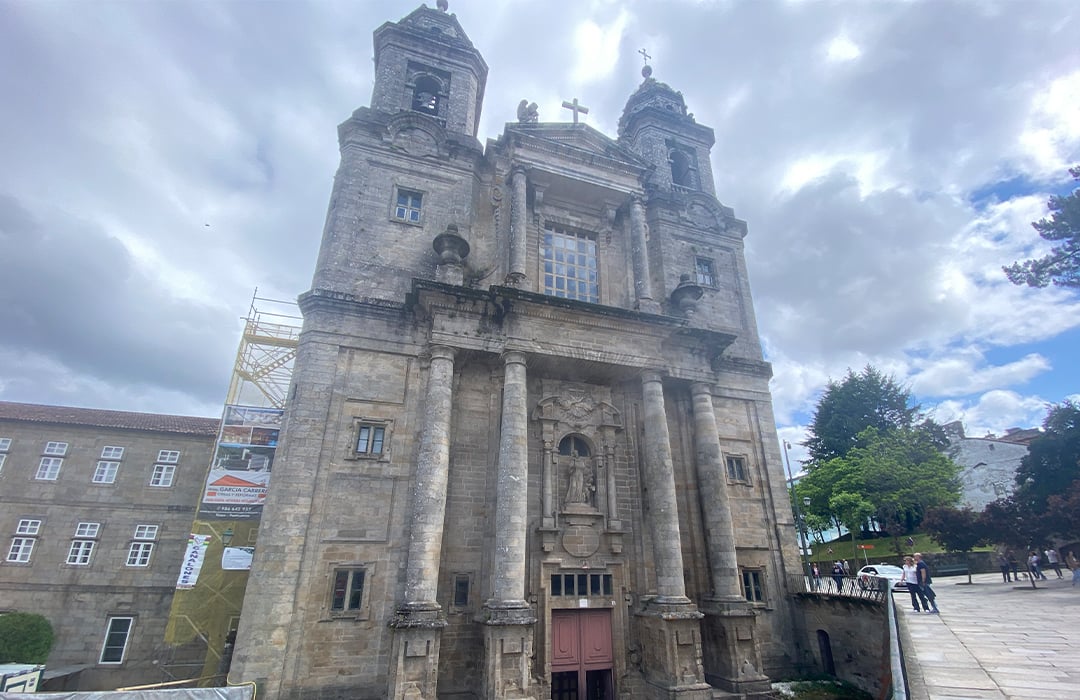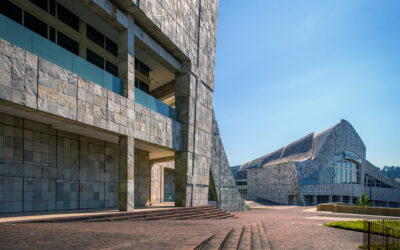The
Convent of San Francisco de Valdediós
is an emblematic location in the Old Town of the city of Santiago de Compostela, very close to the Cathedral and other points of great patrimonial importance, such as San Martiño Pinario or the Faculty of Medicine.
The building, eminently baroque, dates from the 17th century and was declared a Historic-Artistic Monument in 1986. The legend of its foundation is written in an inscription on the wall of the convent. This is attributed to St. Francis of Assisi, during his pilgrimage to the Galician capital in 1214.
The story goes that St. Francis was welcomed into a house on Mount Pedroso by the family of a charcoal burner named Cotolay, whom he entrusted with the construction of a monastery for his faithful.
To Cotolay’s surprise, the friar asked him to search near a spring located in San Paio do Monte, where the charcoal burner found a treasure that allowed him to pay for the work.
It is said that San Francisco indicated the land where the temple would be located, property of the monastery of San Martiño Pinario, whose leaders agreed to cede it in exchange for an annual basket of trout.

The present church was built between 1742 and 1749 and underwent a later renovation of the facade, in neoclassical style, which included an image of San Francisco made by the sculptor Ferreiro.
The church was built in granite masonry in 1742 and the work was in charge of Simón Rodríguez. It has a rectangular floor plan with a Latin cross with a nave, side chapels and a tribune.
In the atrium of the complex stands out the Monument to San Francisco, which was designed by the sculptor Francisco Asorey as a large cruiser. On the other hand, the cloister of the convent, dating from the early 17th century, is attributed to Xácome Fernández.
Of the original building, only five Gothic arches in the cloister and the tomb of Cotolay remain.
One of the main attractions is the Terra Santa Museum, which is linked to this monument and houses unique objects from the pilgrimage tradition and related to the Holy Places.
At present, it also offers a hotel service and has a restaurant with a highly appreciated gastronomic offer, as well as remaining a place of worship.






